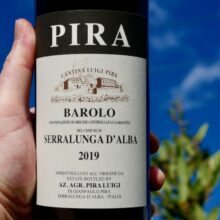
Product information
Luigi Pira Barolo del Commune di Serralunga 2019
$125
Description
I recall being impressed by Pira’s 2018 Langhe Nebbiolo a couple of years on and the Barolo ‘Commune di Serralunga’ is impressing too! Openning in the glass with vibrant red fruits, tea, a little earthiness, slate, licorice and more. The layered density of the fruit with zippy acid has you salivating for more. The tannins are composed and front, mid-palate dominant, that slate comes through here to. Tight at the moment with 3-5 years it should fall into place, the juicy acid marry into the wine and the generosity build. Pira really seem to be finding a groove with upside to come!
Always a blend of the three crus below, the Barolo ‘Serralunga’ in recent times has had the maceration/fermentation time slowed down to 2 weeks to allow for a more gradual and integrated process – all four Baroli are made this way. Once complete, the wine is moved into 25 hectolitre aged barrels for a minimum of 2 years, then rested for an additional year or two (depending on the vintage) before being released to the market. The most approachable of the four Baroli, this is a symphony of elements: porcini, smoke, cola, cherry and spices.
In stock









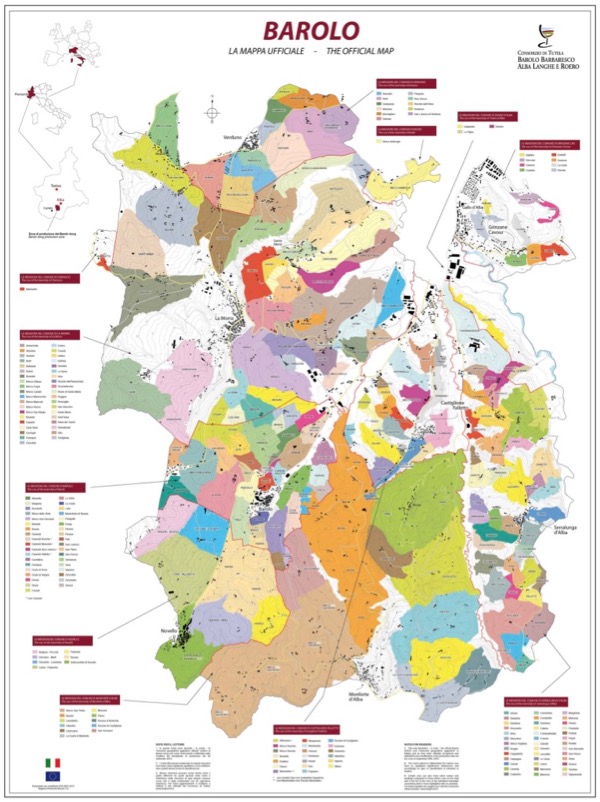
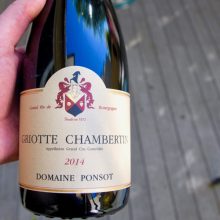
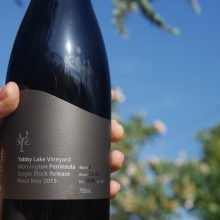
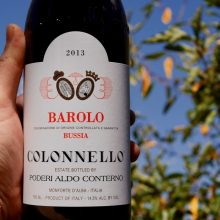
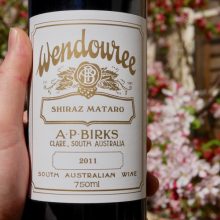
You must be logged in to post a comment.